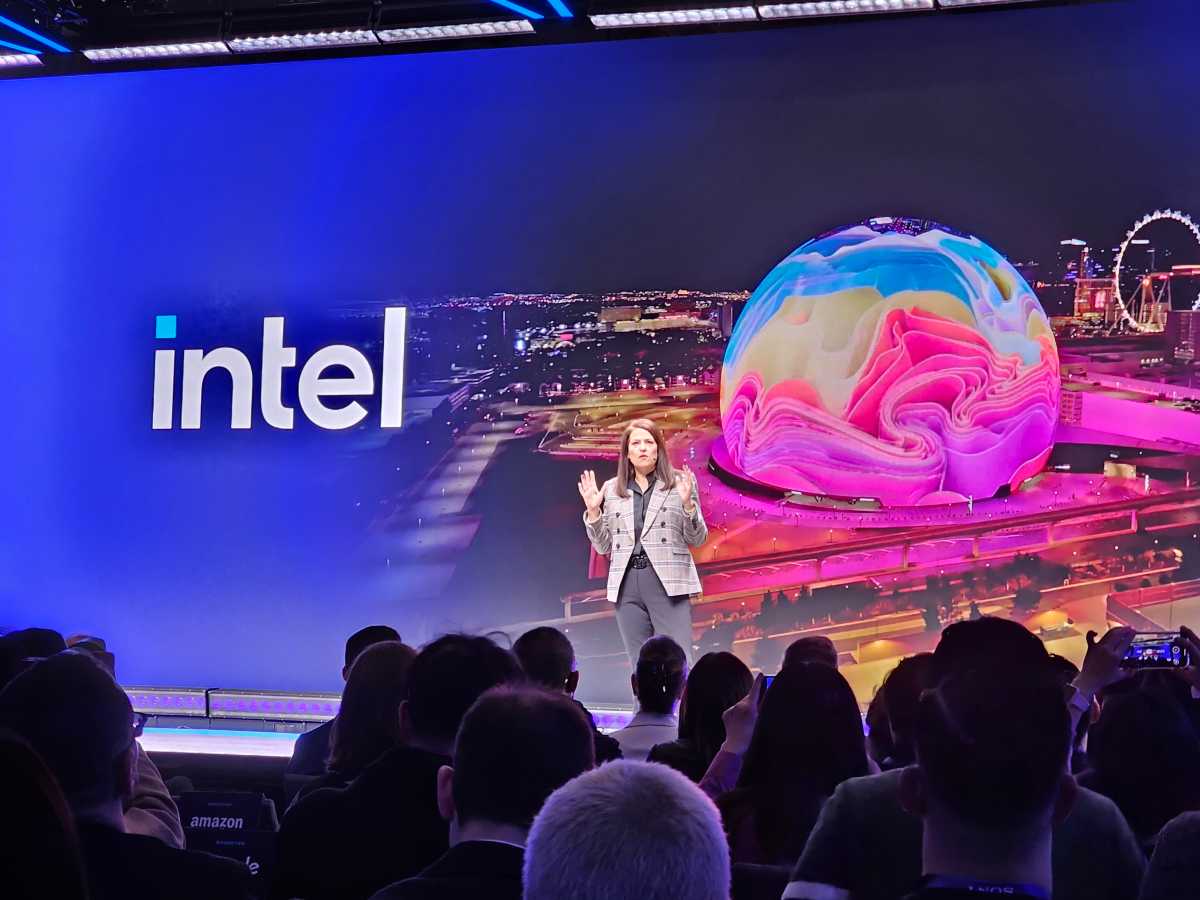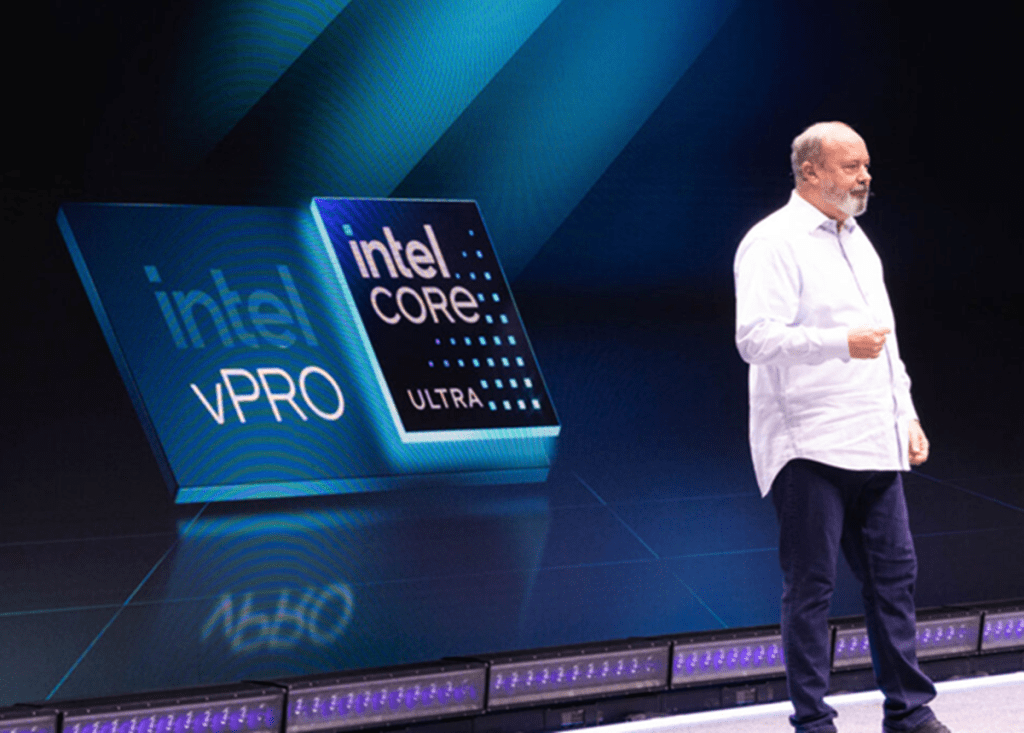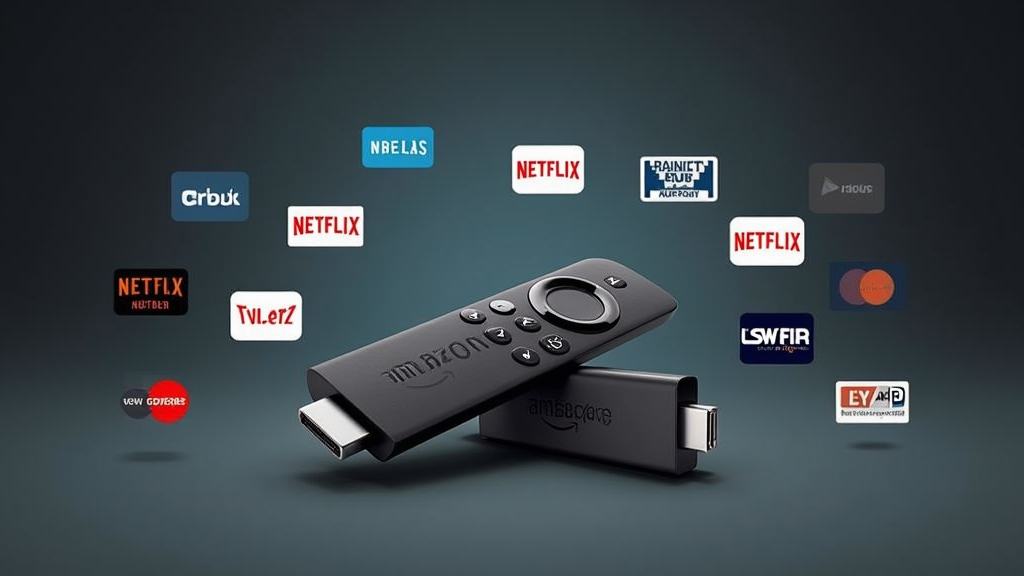Jim Johnson has been named head of Intel’s Client Computing Group, headlining a list of changes Intel made Monday to its leadership team. As part of the moves, Intel announced the departure of Michelle Johnston Holthaus, the former co-chief executive and head of Intel Products.
Johnson had served as the interim head of Intel’s CCG as Holthaus took on senior roles. Now, his official title will be senior vice president and general manager, responsible for the PC and edge ecosystems, Intel said. Johnson has worked at Intel for 40 years, including in the Technology and Manufacturing Group and the Networking and Communications Group.
Intel also has named a new head of its Data Center Group: Kevork Kechichian who joins as executive vice president and general manager of the Data Center Group (DCG). Kechichian formerly was the executive vice president of engineering at Arm. Intel also said that Naga Chandrasekaran, executive vice president and chief technology and operations officer of Intel Foundry, will expand his role to include Foundry Services.
The promotions and new hires come at the tail end of management shakeups dating back to last year, when Intel chief executive Pat Gelsinger was forced out of his role as chief executive and replaced with Lip-Bu Tan, a prominent leader in the EDA industry. After Gelsinger left, Michelle Johnston Holthaus and chief financial officer David Zinsner were named co-CEOs.

Mark Hachman / IDG
After Tan joined, Holthaus — formerly the executive vice president and general manager of Intel CCG — was then asked to lead Intel’s products team, which also included the Client Computing Group. Holthaus served more than 30 years at Intel, and will remain a strategic adviser to the company over the coming months, Intel said.
Johnson will oversee the fall launch of Panther Lake, the company’s next CPU architecture, as well as the Intel 18A manufacturing process that will form its foundation. Tan, meanwhile, is looking for customers for both Intel’s 18A and the subsquent 14A manufacturing process, which may decide whether Intel remains in silicon manufacturing or not.




